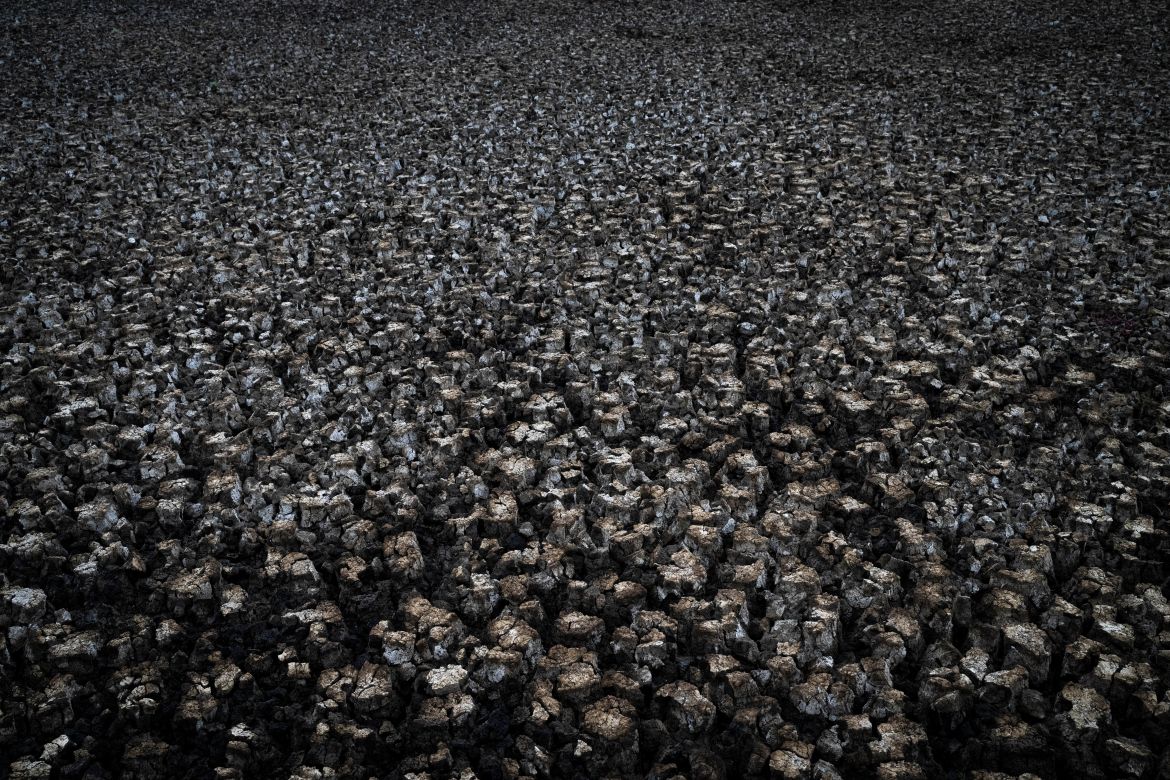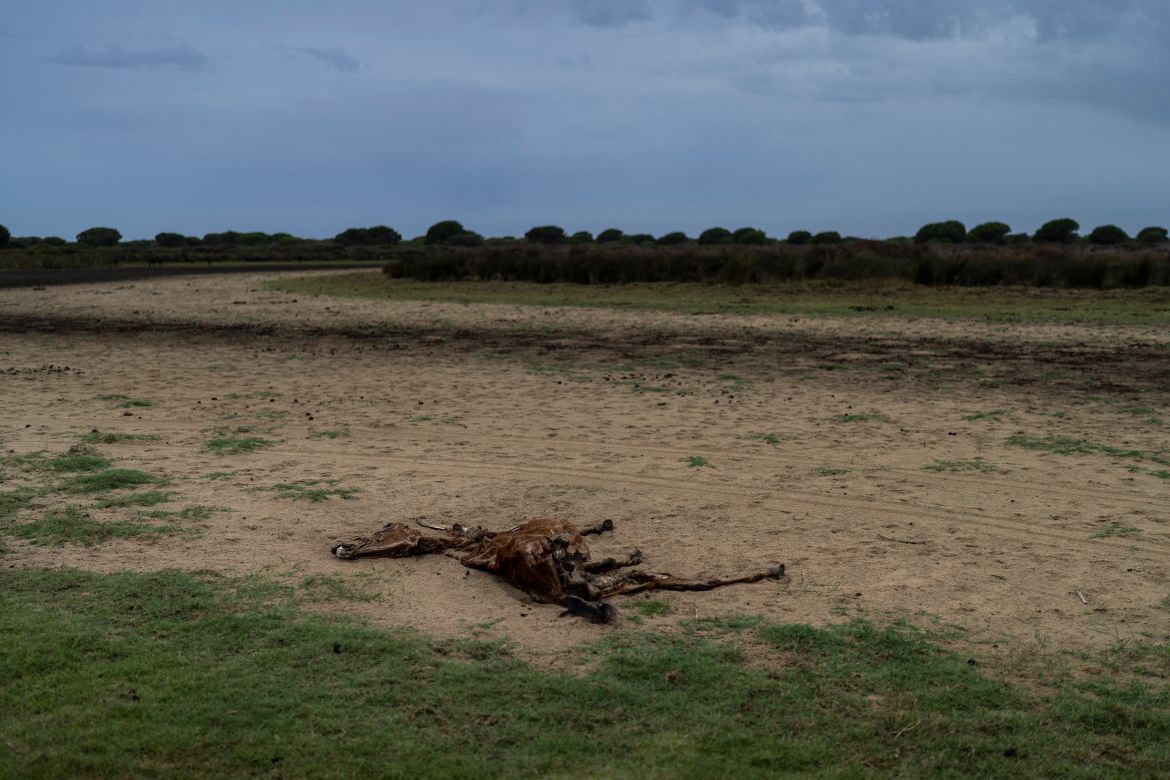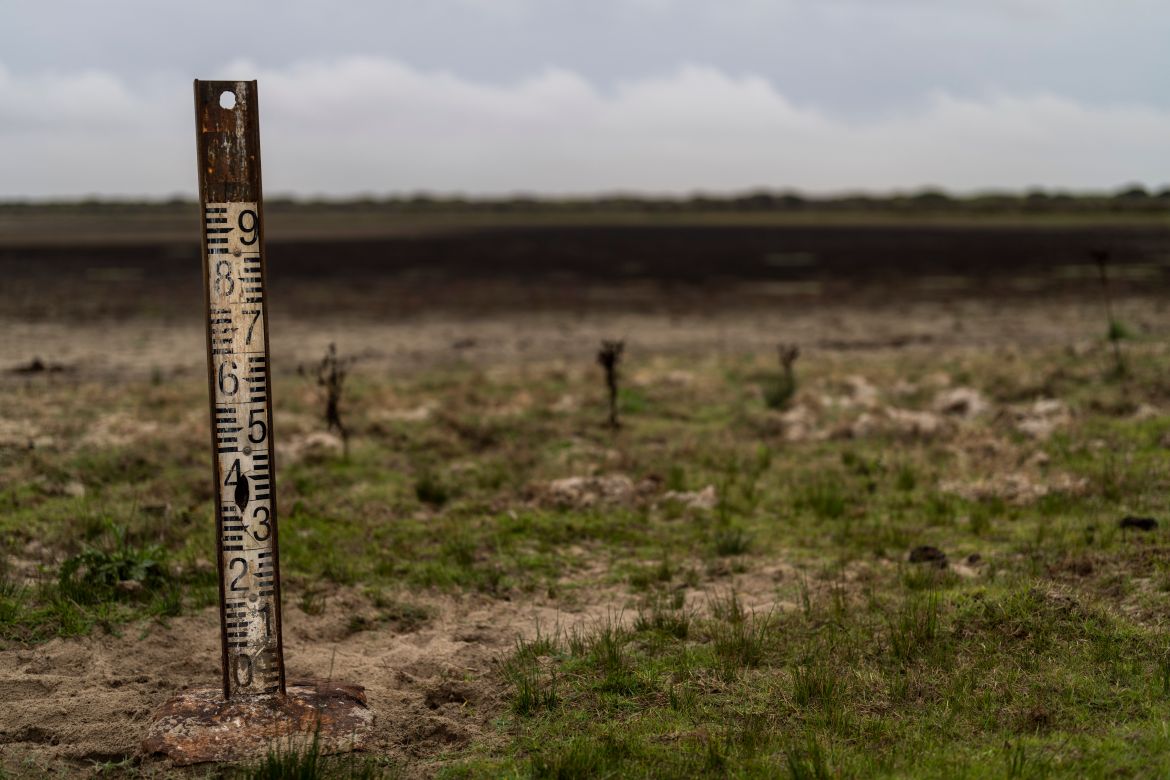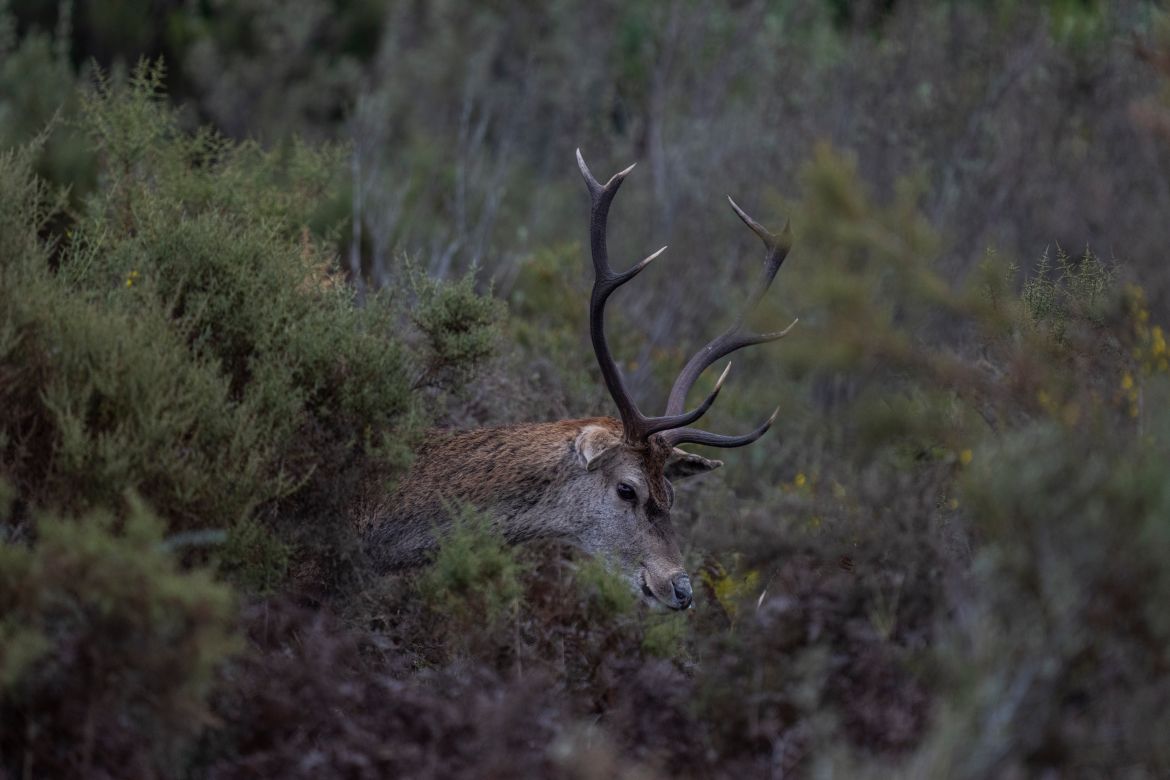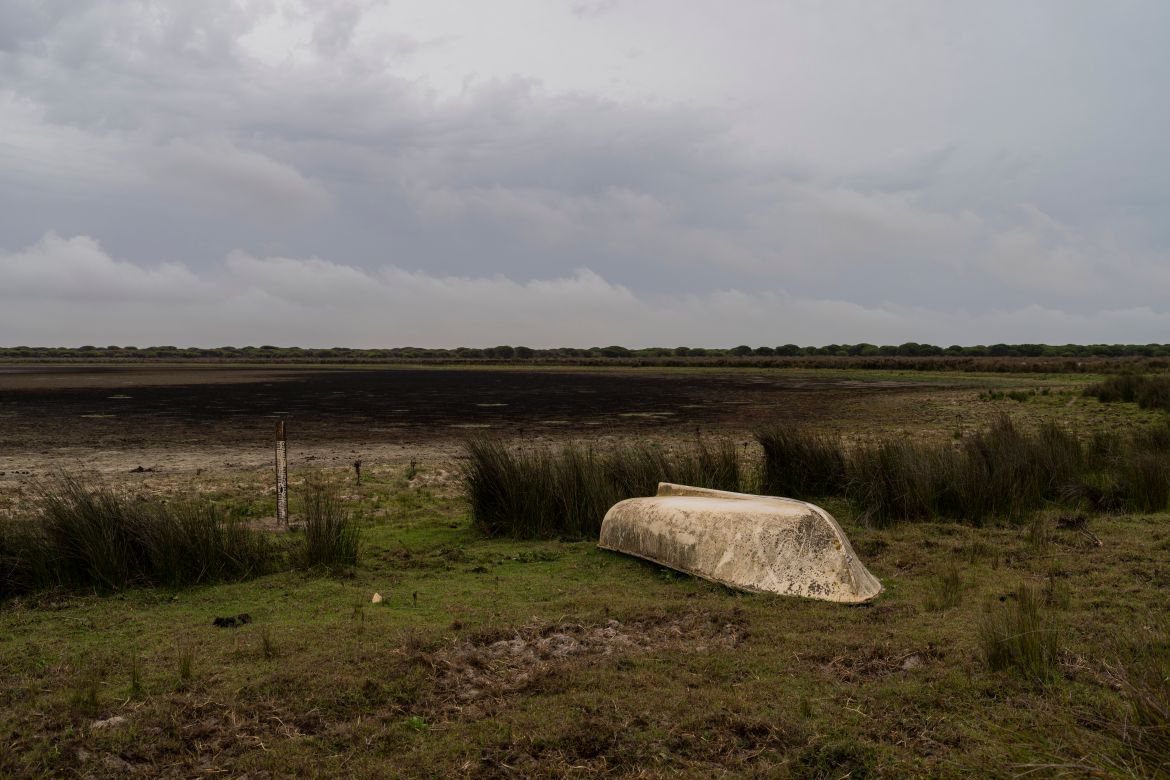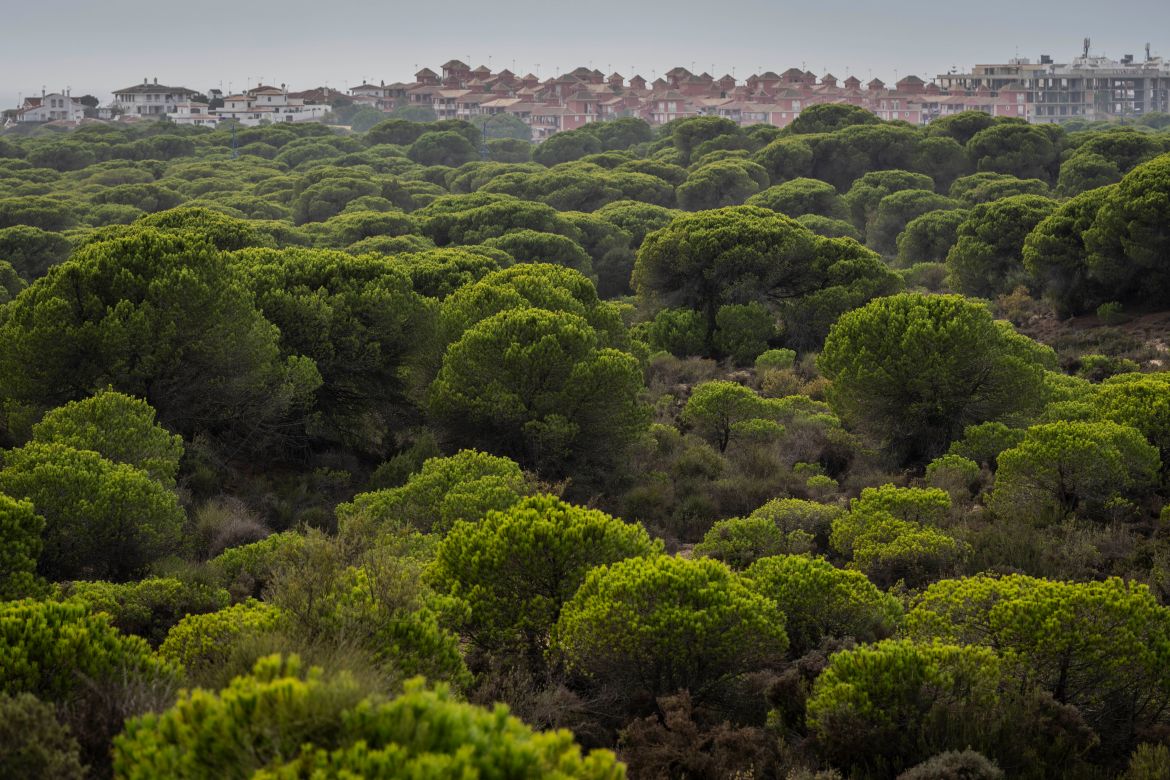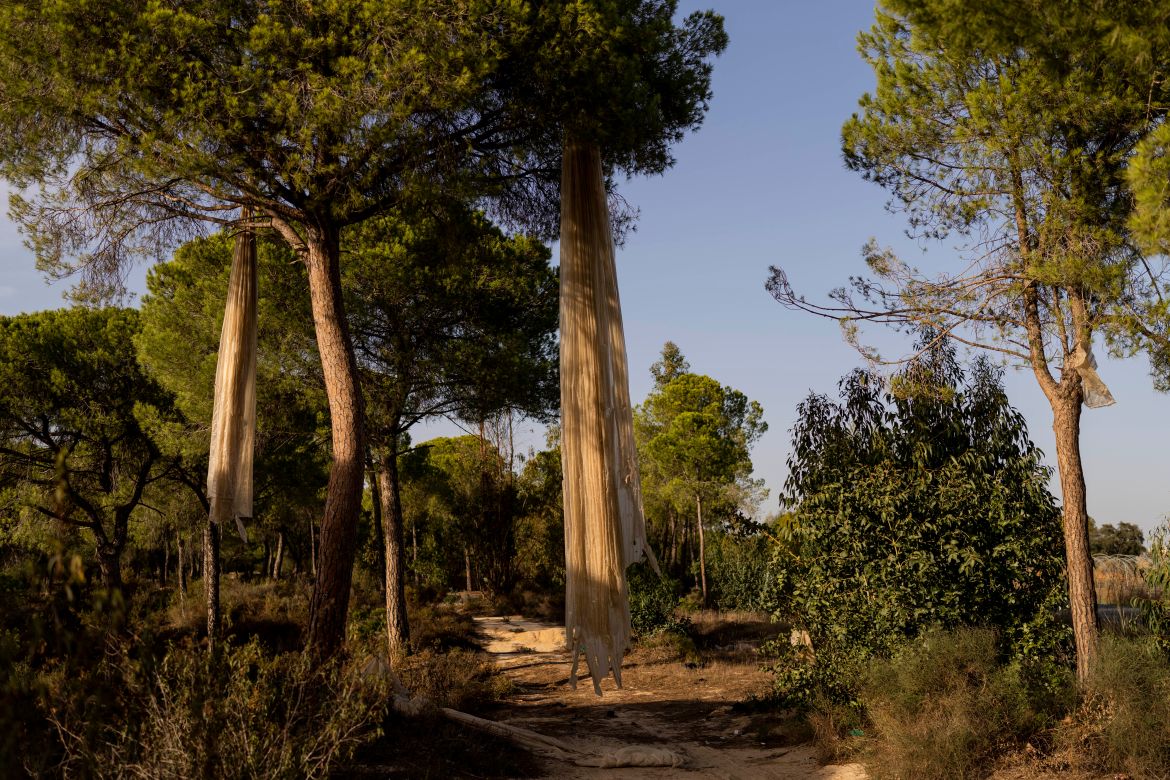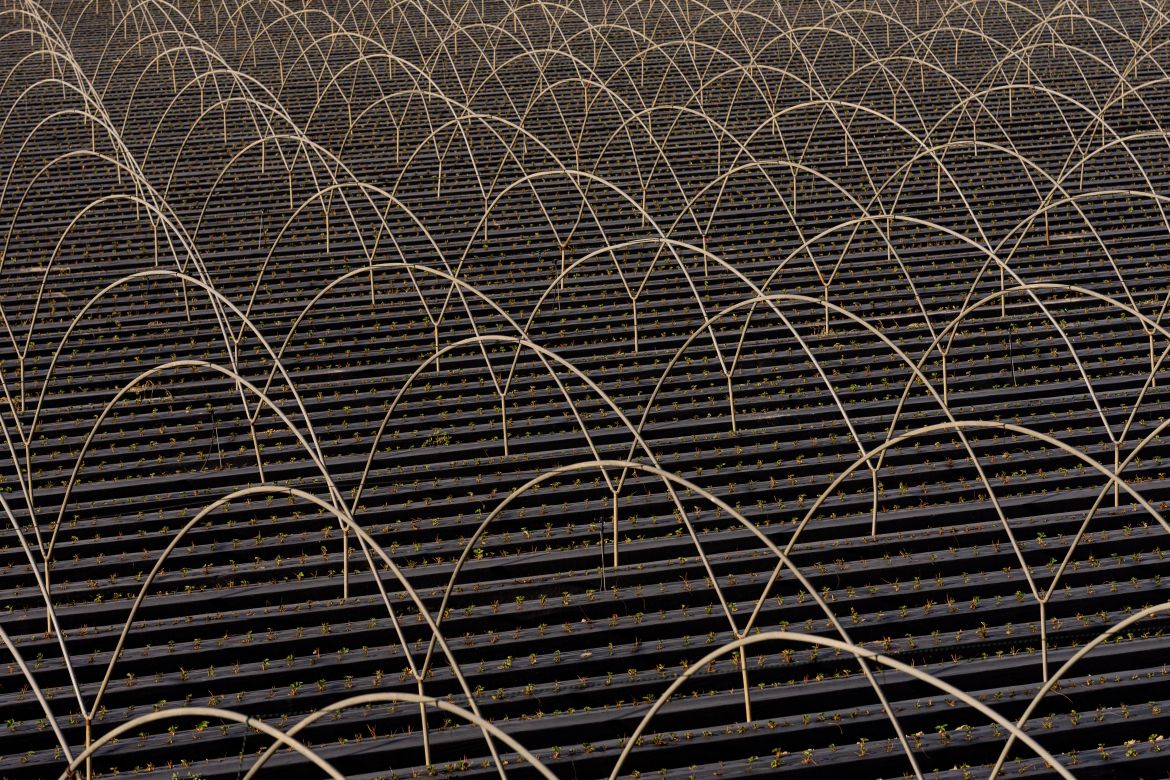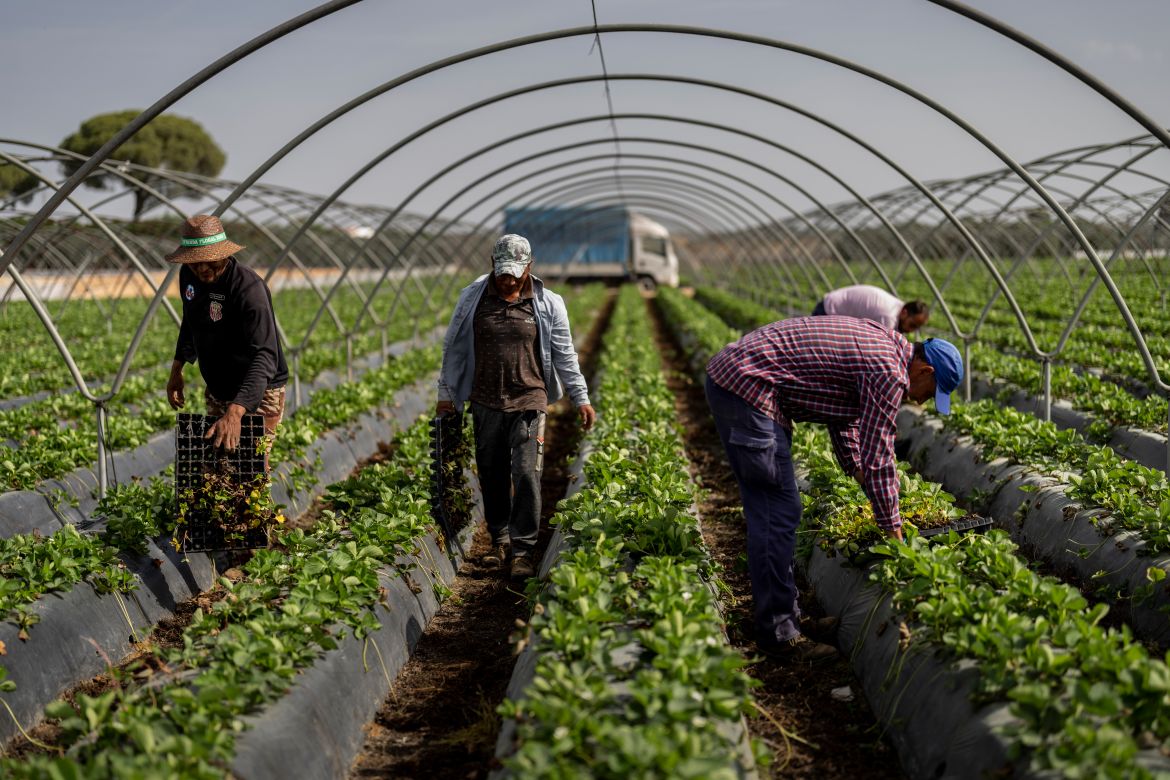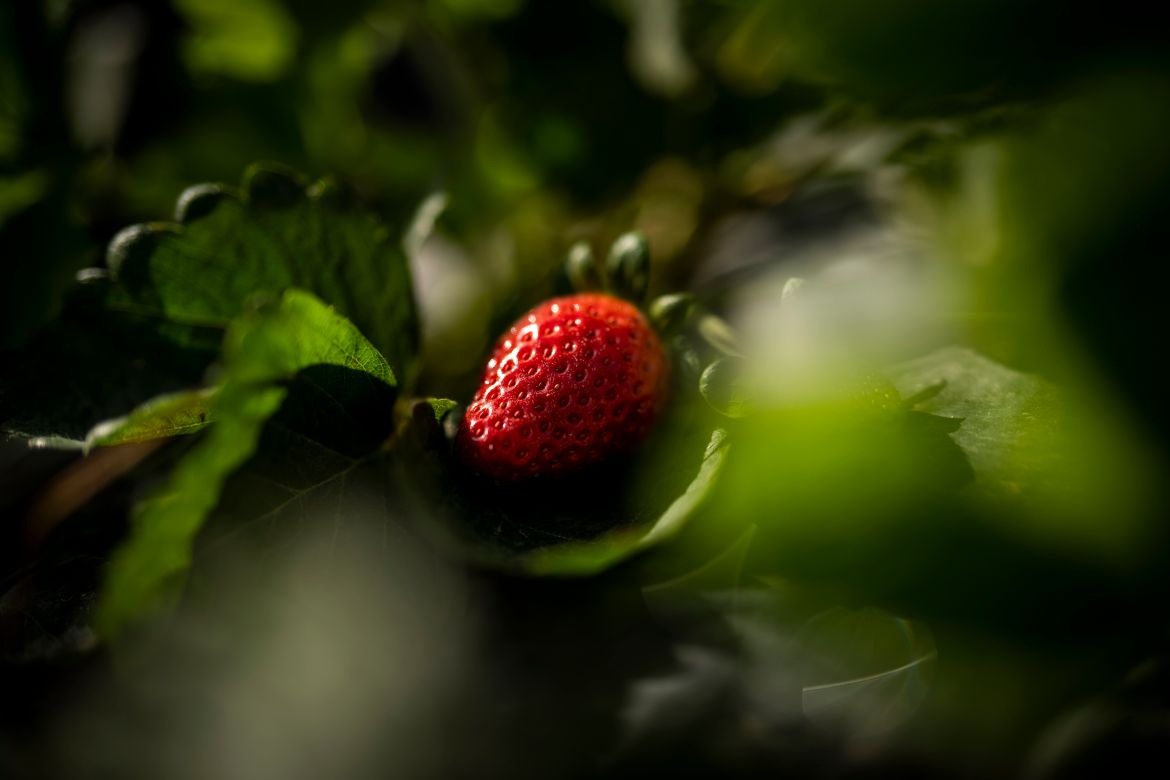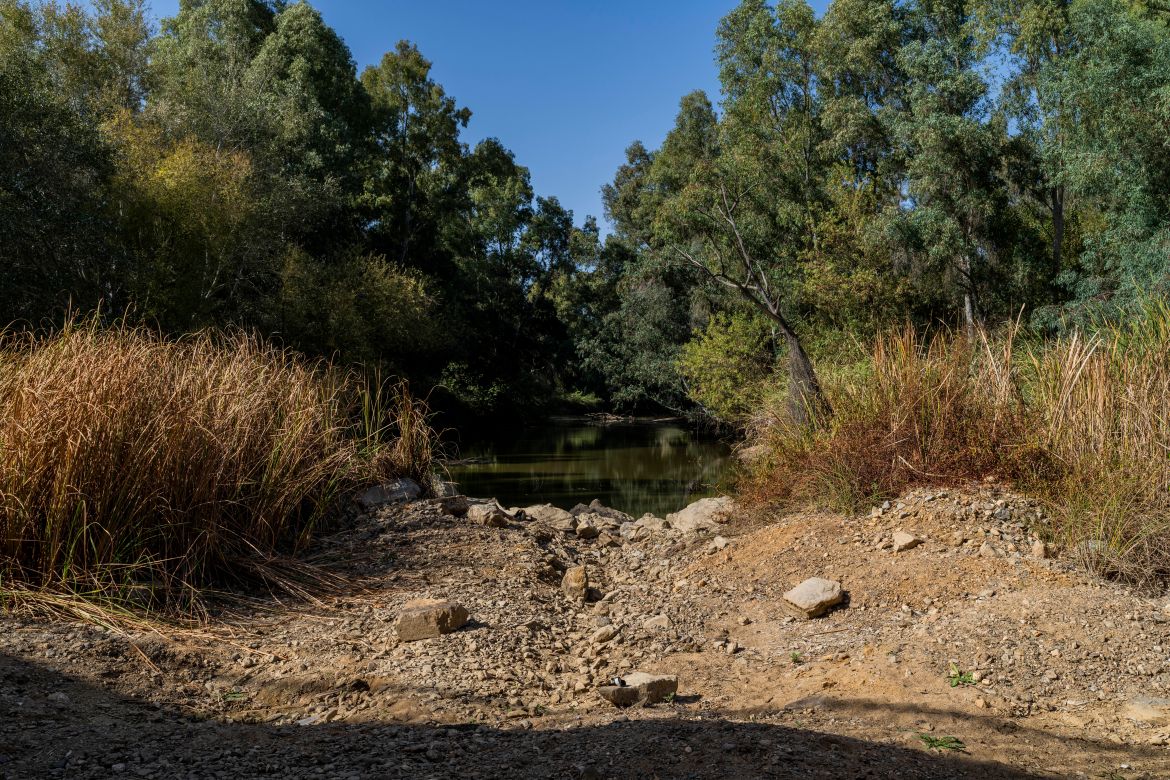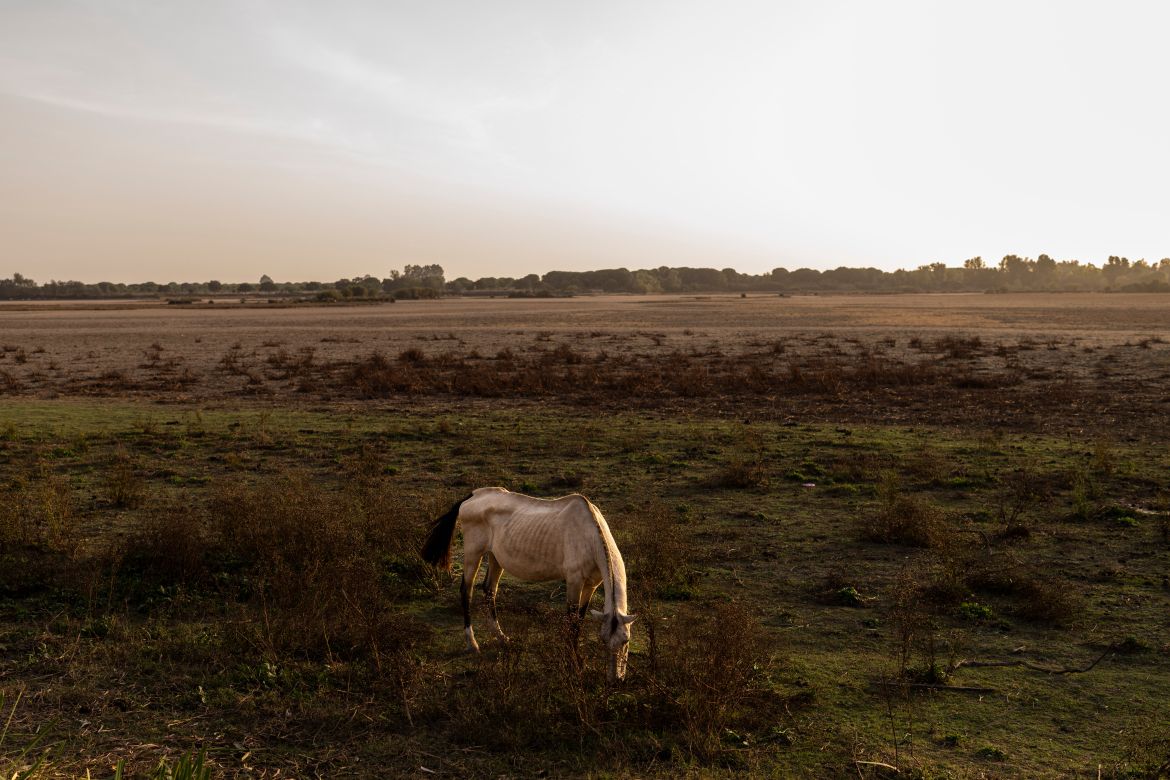In Pictures
Photos: Their lagoons languishing, Spanish wetlands go dry
Farming and tourism drained the aquifer feeding Doñana lagoon, and climate change brought prolonged drought this year.
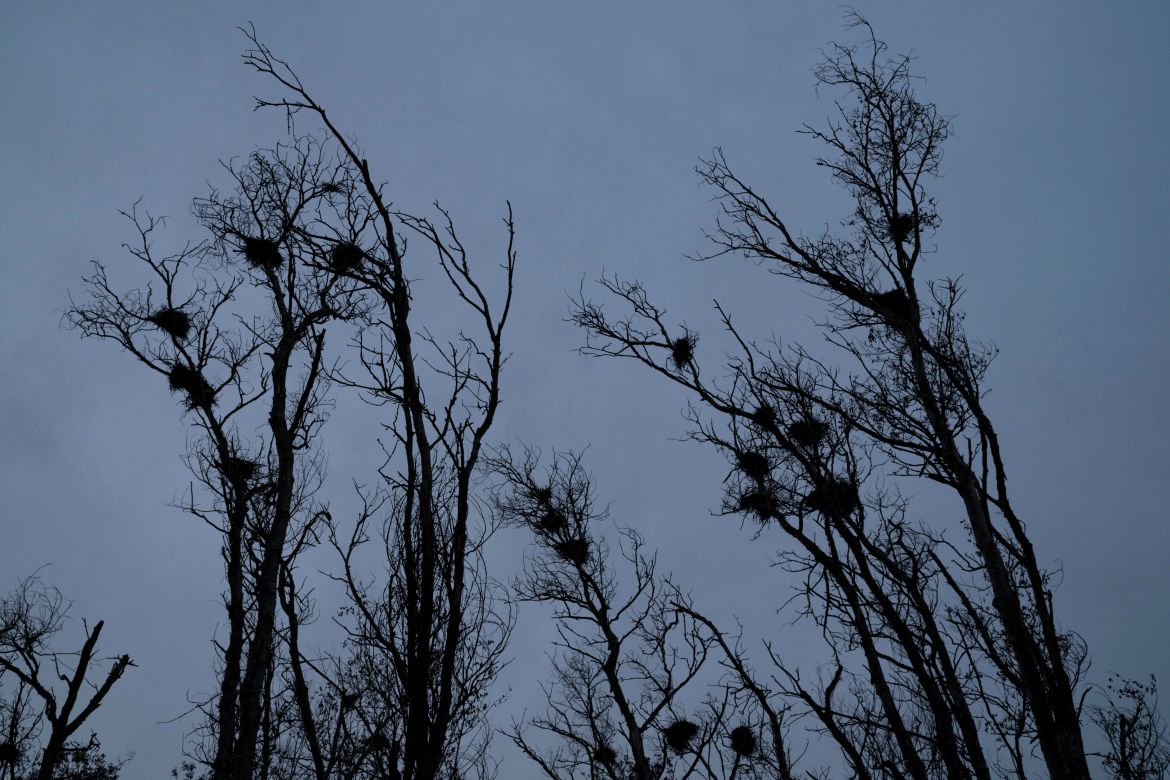
The lagoon in the heart of Spain’s Doñana nature reserve is a puddle. The park called “the crown jewel of Spain” may be dying.
Farming and tourism had already drained the aquifer feeding Doñana. Then climate change hit Spain with record-high temperatures and a prolonged drought this year.
Doñana’s Santa Olalla lagoon was the biggest of the handful of lagoons that maintained some water year-round, providing a summer reservoir for aquatic plants and animals.
Sitting on an estuary where the Guadalquivir River meets the Atlantic Ocean, Doñana covers 74,000 hectares (183,000 acres). The reserve was founded in the 1960s with help from environmental group WWF.
A UNESCO World Heritage Site and Biosphere Reserve, Doñana is a wintering site for a half million waterfowl and a stopover spot for millions more birds that migrate from Africa to northern Europe. Home to five threatened bird species, including the Spanish imperial eagle, Doñana also hosts a breeding-and-rescue centre for the endangered Iberian lynx.
When Doñana’s aquifer fills from rain, lagoons emerge in the swallow depressions between its dunes, creating refuges for turtles, frogs, and aquatic plants. From atop a dune inside the reserve, the 360-degree view of low-lying trees and sand is only broken by a tightly packed mass of buildings seen when one turns towards the Atlantic.
The buildings are in Matalascañas, a former fishing village that developed into a beach resort town, complete with hotels, swimming pools and a now-defunct golf course. The water for Matalascañas comes from wells that pull from the aquifer.
The European Court of Justice cited Matalascañas as making some of Doñana’s once-permanent lagoons go dry. Spain’s government has approved a plan to reroute water from another area to supply Matalascañas.
Doñana reserve and Matalascañas both lie southwest of Seville and are part of the rural province of Huelva. Like other areas near Spain’s coast, Huelva has worked hard to become one of Europe’s major agricultural regions.
Strawberries, raspberries, blueberries and blackberries replaced olives, cereals and potatoes in the 1980s. With the berry trade booming, some farmers whose lands were left out of irrigation areas drilled wells anyway. The WWF says there are between 1,000 and 2,000 illegal wells used to irrigate some 2,000 hectares (4,900 acres) of berries outside the reserve.
Authorities have managed to close over 400 wells and purchased some farmland to remove crops, but far from being discouraged, many farmers are pushing authorities to reclassify their terrain as irrigable.
